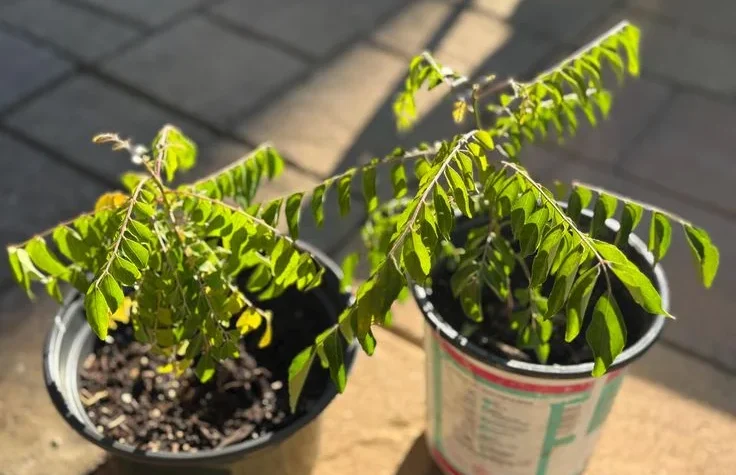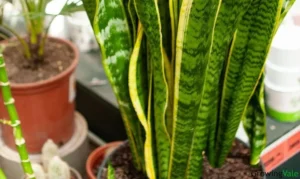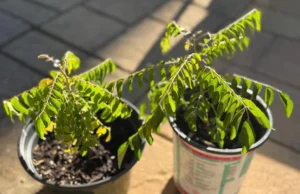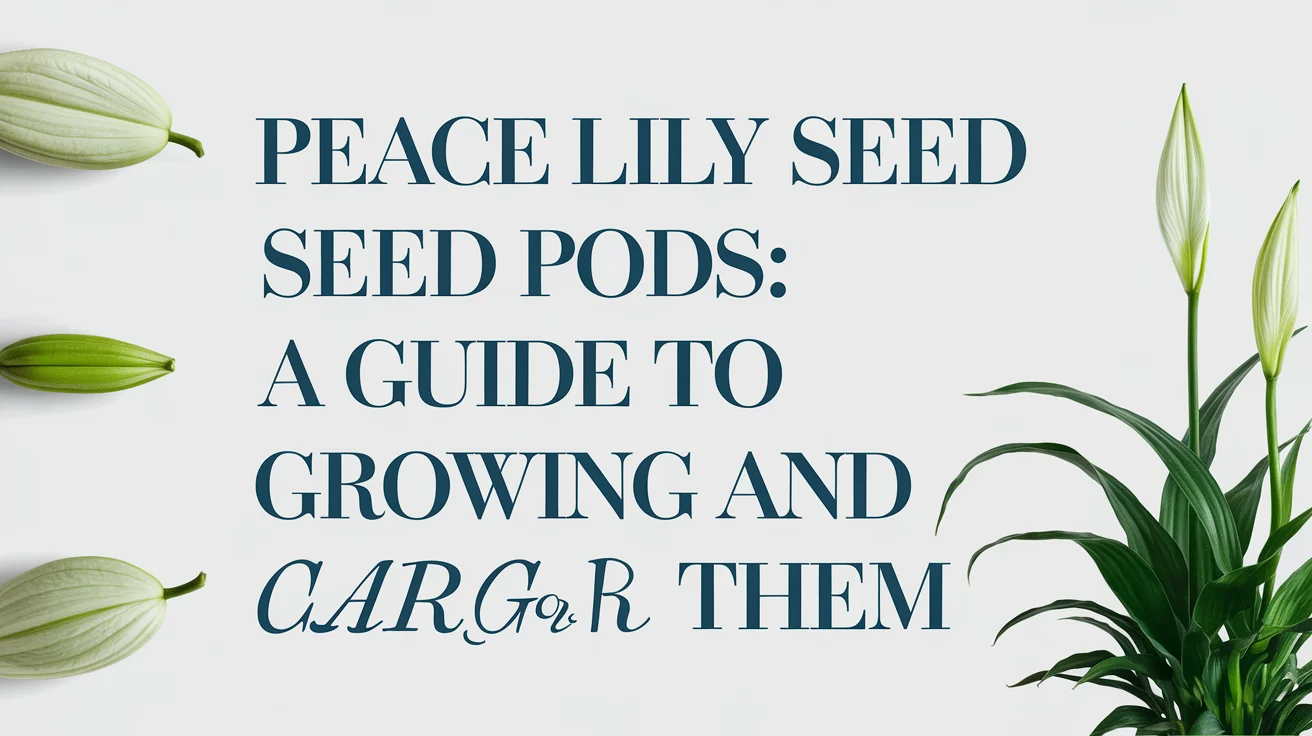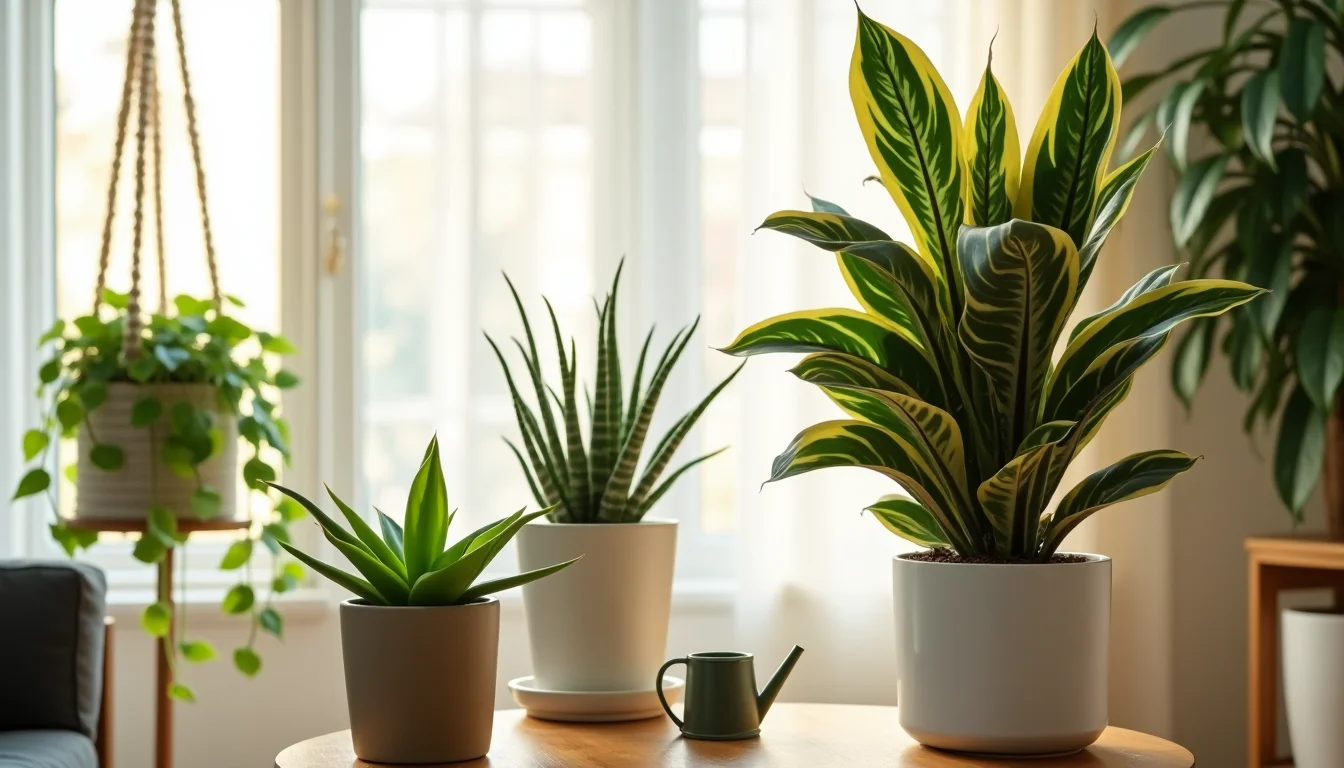If you love using fresh curry leaves in your cooking, then learning about the best fertilizer for curry leaf plant is essential. This fragrant herb thrives when it receives the right nutrition, producing shiny green leaves packed with flavor. Whether you grow it in a pot or garden, providing balanced fertilizer ensures strong roots, faster growth, and healthy leaf production.
In this article, you’ll discover everything you need to know—from types of fertilizers to feeding schedules, natural DIY options, and expert care tips.
Understanding the Curry Leaf Plant’s Nutritional Needs
The curry leaf plant, also known as Murraya koenigii, needs balanced nutrition to flourish. It primarily requires nitrogen for lush leaf growth, phosphorus for root strength, and potassium for overall plant health.
Because this plant is leafy and aromatic, it consumes more nitrogen than flowering plants. However, a good fertilizer blend should also contain trace elements like iron, magnesium, and calcium for long-term vitality.
Best Fertilizer for Curry Leaf Plant

When it comes to choosing the best fertilizer for curry leaf plant, both organic and chemical options can work if used correctly. Let’s explore both types below.
1. Organic Fertilizers
Organic fertilizers are safe, natural, and environmentally friendly. They release nutrients slowly and improve soil structure over time.
Top Organic Options:
-
Compost or Vermicompost: A perfect blend of nutrients that promotes healthy leaf growth. Apply every 20–30 days for best results.
-
Cow Dung or Goat Manure: Rich in nitrogen and organic matter. Mix well into the soil during the growing season.
-
Buttermilk Spray: Dilute buttermilk with water (1:2 ratio) and spray on leaves every two weeks to enhance greenness.
-
Seaweed Extract: Encourages lush leaf production and root growth. Use once a month as a foliar spray.
Tip: Organic fertilizers are especially helpful if you’re growing the curry leaf plant indoors or in pots.
2. Chemical or Synthetic Fertilizers
If your plant looks pale or grows slowly despite organic feeding, chemical fertilizers can provide a quick boost.
Recommended Chemical Fertilizers:
-
NPK 19:19:19 or 20:20:20: Balanced fertilizers that improve overall plant growth.
-
Urea (46% Nitrogen): Excellent for rapid greening but should be used in small amounts.
-
Micronutrient Mix: Ensures the plant gets essential minerals like iron, zinc, and magnesium.
How to Apply:
Dissolve 1 teaspoon of fertilizer in 1 liter of water and apply every 15 days during active growth (spring and summer). Always water the plant before fertilizing to prevent root burn. For more details on choosing the right and pet-safe lawn fertilizer, you can explore this helpful guide to ensure your plants thrive safely around pets.
Homemade Fertilizer for Curry Leaf Plant
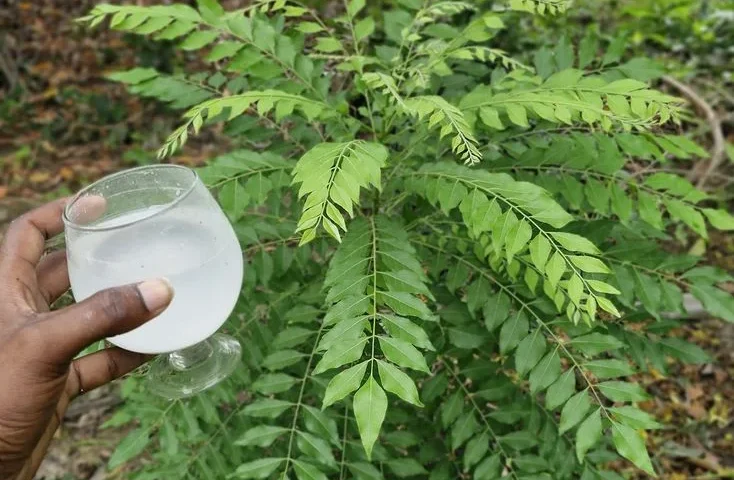
You don’t always need to buy fertilizers. Homemade alternatives can be just as effective and eco-friendly.
Simple DIY Fertilizers:
-
Rice Water: After washing rice, save the water and use it to water your plant once a week. It adds starch and micronutrients.
-
Eggshell Powder: Dry and crush eggshells, then mix into soil for calcium boost.
-
Banana Peel Liquid: Soak banana peels in water for 2–3 days, then use the liquid as a natural potassium source.
-
Neem Cake Powder: Acts as a fertilizer and natural pest repellent.
These natural options not only feed your plant but also protect it from harmful insects.
How Often Should You Fertilize?
The fertilizer schedule depends on the plant’s growth stage and season.
Feeding Schedule:
-
Spring to Summer: Feed every 15–20 days with organic or liquid fertilizer.
-
Monsoon: Reduce feeding slightly as excess moisture may cause root rot.
-
Winter: Feed once a month or stop entirely if the plant is dormant.
Transition Tip: Always use a light hand when applying fertilizer—too much can harm the plant more than help it.
Signs Your Curry Leaf Plant Needs Fertilizer
Recognizing when your plant needs food is key to keeping it healthy.
Common Signs:
-
Yellow or pale leaves
-
Slow or stunted growth
-
Leaves dropping prematurely
-
Fewer new shoots
If you notice these, resume a consistent fertilizing routine and check that your plant gets enough sunlight.
Caring Tips for Healthy Growth
Even with the best fertilizer for curry leaf plant, proper care is equally important.
1. Sunlight: Curry leaf plants need at least 6 hours of sunlight daily.
2. Watering: Keep soil moist but never soggy. Overwatering can lead to fungal problems.
3. Pruning: Trim old stems to encourage new leaf growth.
4. Potting: Repot every 2–3 years using nutrient-rich soil.
Transition Advice: Combine proper fertilization with care habits to keep your curry leaf plant thriving all year.
Common Fertilizing Mistakes to Avoid
Even experienced gardeners make fertilizing errors. Avoid these to keep your curry leaf plant healthy.
-
Using too much fertilizer at once
-
Fertilizing during extreme heat or rain
-
Neglecting micronutrients
-
Forgetting to water before applying fertilizer
Remember: Balanced feeding ensures the best flavor and fragrance in your curry leaves.
Best Fertilizer Combination for Lush Growth

For consistent results, use a mix of organic and inorganic fertilizers. Start with organic compost and occasionally use an NPK liquid fertilizer during the growing months.
This combination improves soil fertility, boosts growth, and enhances leaf aroma making your curry dishes even more flavorful.
FAQs
1. Which fertilizer is best for curry leaf plant in pots?
Compost mixed with cow dung or a diluted NPK liquid fertilizer works best for potted curry leaf plants.
2. Can I use urea on my curry leaf plant?
Yes, but in very small amounts. Too much urea can burn the roots. Always mix it with water and apply once a month.
3. How can I make my curry leaf plant grow faster?
Provide plenty of sunlight, water regularly, and fertilize every 15 days with organic compost or liquid fertilizer.
4. Is Epsom salt good for curry leaf plants?
Yes! Epsom salt provides magnesium, which promotes deep green leaves. Use 1 tablespoon in 1 liter of water monthly.
5. What is the best season to fertilize curry leaf plants?
Spring and summer are ideal, as the plant grows actively during warm months.
Conclusion
Using the right fertilizer for curry leaf plant is the secret to achieving lush, green, and flavorful leaves. Moreover, a balanced mix of nitrogen-rich organic compost and occasional chemical fertilizer can work wonders. In addition, proper watering, sufficient sunlight, and timely pruning play a vital role in healthy growth. Therefore, when all these factors combine, your curry leaf plant thrives beautifully year-round.
However, remember that consistency matters more than quantity. Consequently, small but regular doses of fertilizer produce better results than overfeeding. Similarly, maintaining good drainage prevents root damage, while adequate sunlight boosts leaf production.
Furthermore, organic supplements like compost tea or seaweed extract enhance leaf shine and aroma. If you enjoy home gardening, you may also like learning how to replant an aloe vera plant, which offers simple steps to ensure healthy regrowth and long-lasting results. Ultimately, with patience and attention, you’ll enjoy a never-ending supply of fresh curry leaves straight from your garden perfect for enhancing every meal!

